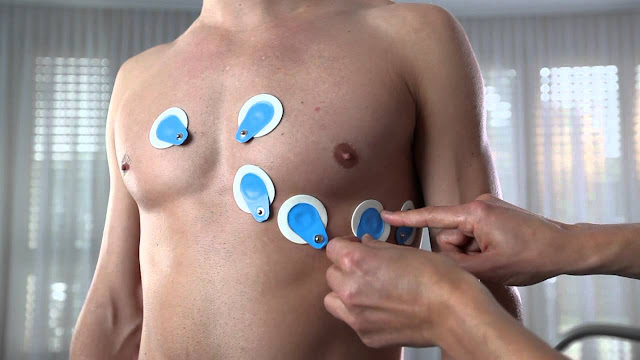The Evolution Of Medical Electrodes: Pioneering Innovations For Patient Care
 |
| Medical Electrodes |
The concept of Medical Electrodes can be traced back to the late 19th century when pioneers like Augustus
Waller and Willem Einthoven conducted groundbreaking research on the electrical
activity of the heart. These early experiments led to the development of the
first electrocardiogram (ECG) using basic metal contacts attached to the skin.
In the early 20th century, the introduction of the vacuum tube and the
invention of the triode amplifier by Lee de Forest paved the way for
significant advancements in medical electrode technology. This breakthrough
allowed for the amplification and recording of electrical signals with greater
accuracy.
With the advent of microelectronics and digital technology, Medical Electrodes underwent a profound
transformation. Analog systems were gradually replaced by digital ones,
offering enhanced precision and reliability. The development of integrated
circuits enabled miniaturization, making electrodes more compact and
comfortable for patients.
One of the notable milestones was the introduction of dry electrodes,
eliminating the need for gel or paste to achieve good conductivity. Dry
electrodes not only simplified the application process but also reduced the
risk of skin irritation and improved signal quality. This innovation
revolutionized fields such as electroencephalography (EEG) and electromyography
(EMG), making these diagnostic techniques more accessible and convenient.
In recent years, the emergence of smart electrodes has taken medical
technology to new heights. These intelligent devices incorporate sensors,
microprocessors, and wireless connectivity to capture and analyze physiological
data in real-time.
Smart electrodes equipped with biosensors can monitor vital signs, such
as heart rate, respiration, and oxygen saturation, offering a comprehensive view
of a patient's health. This continuous monitoring enables early detection of
abnormalities, allowing for prompt medical interventions. Additionally, smart
electrodes can facilitate remote patient monitoring, enabling healthcare
professionals to provide personalized care even outside traditional healthcare
settings.



Comments
Post a Comment